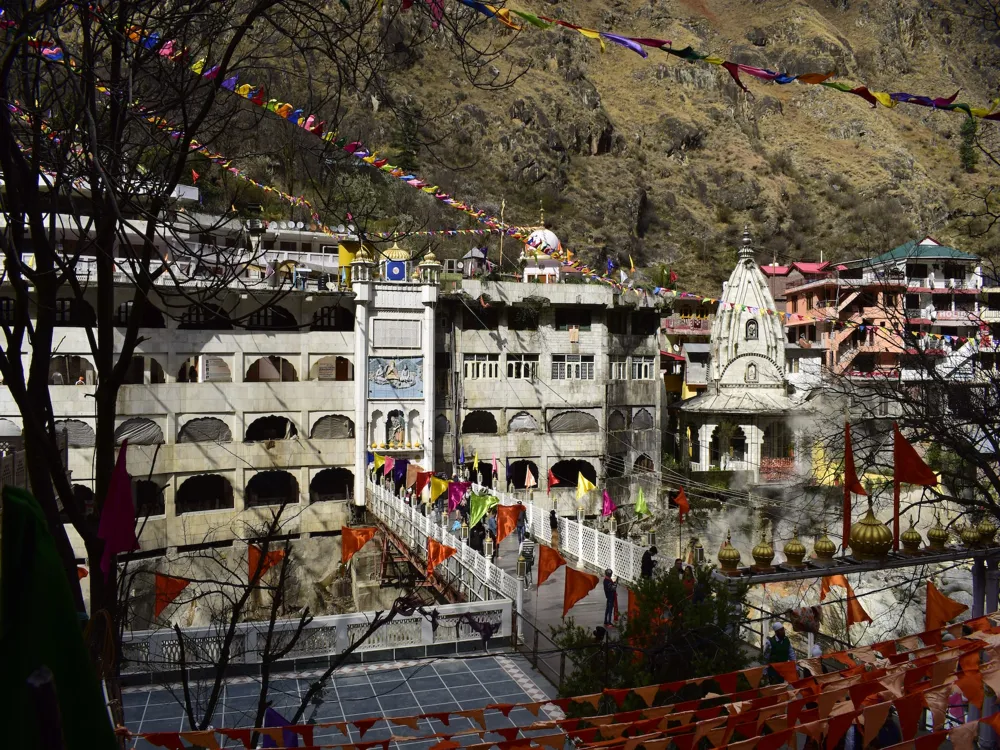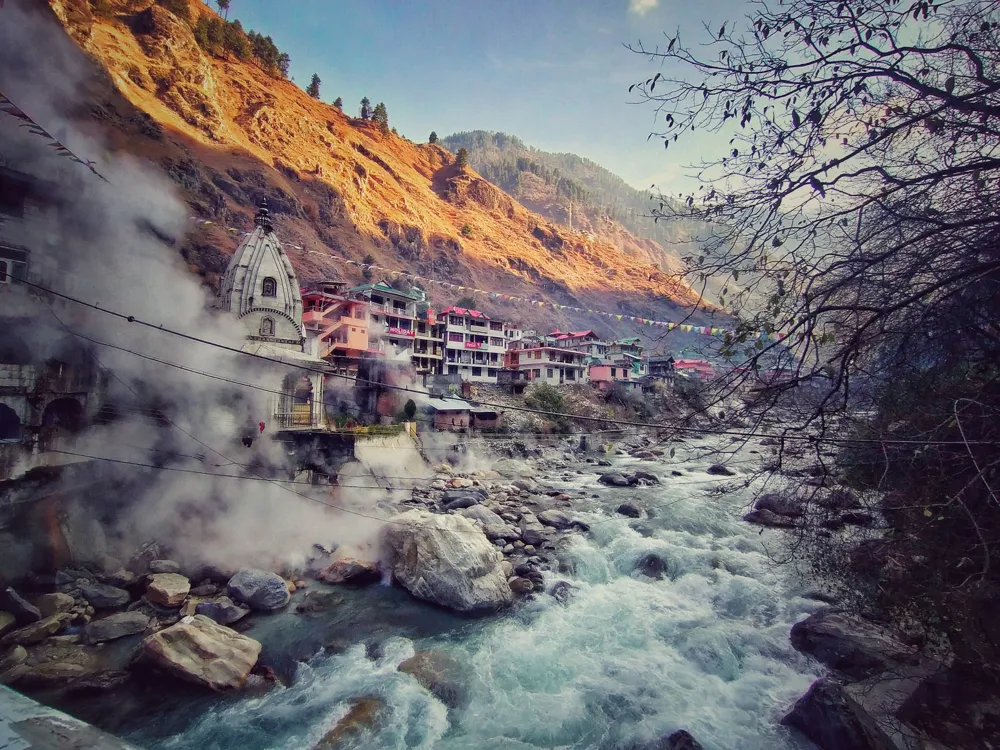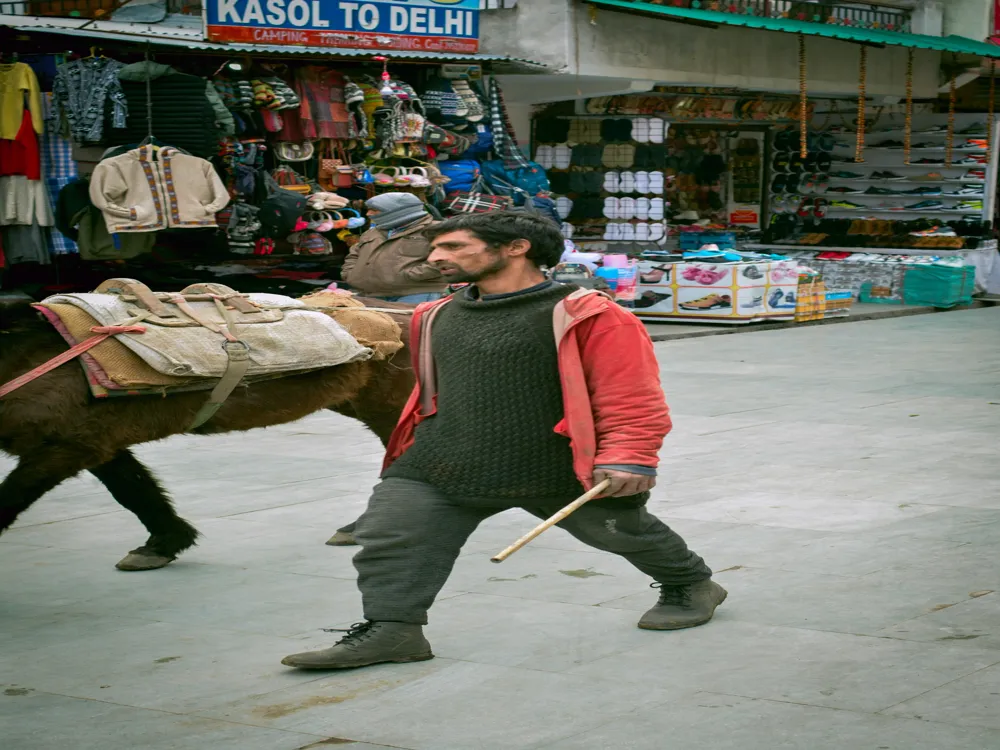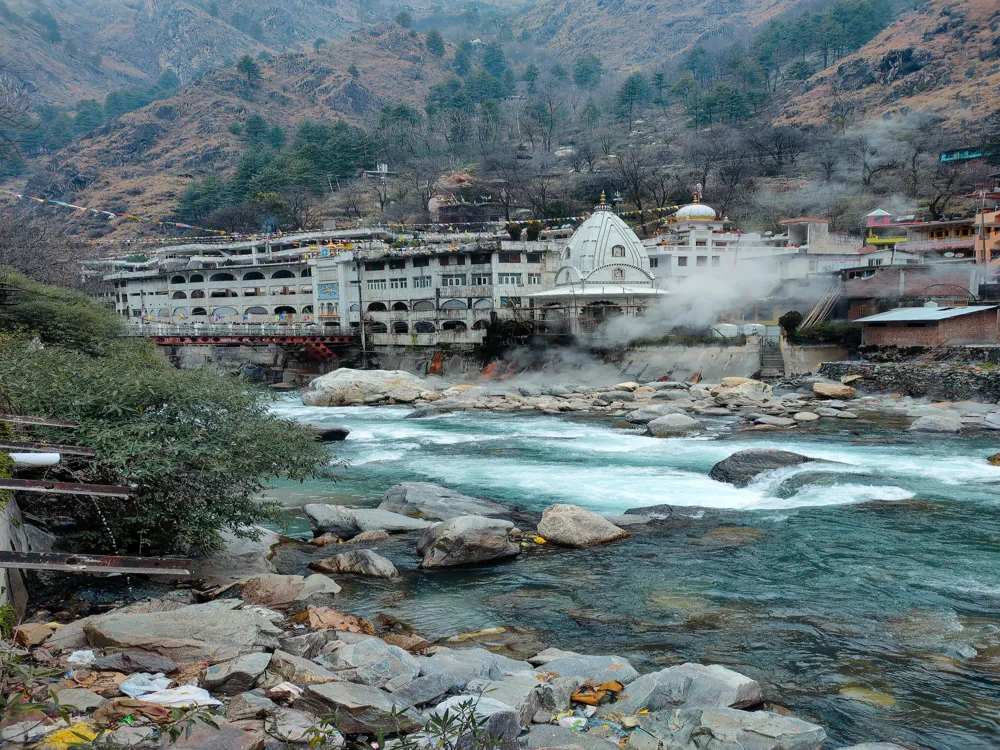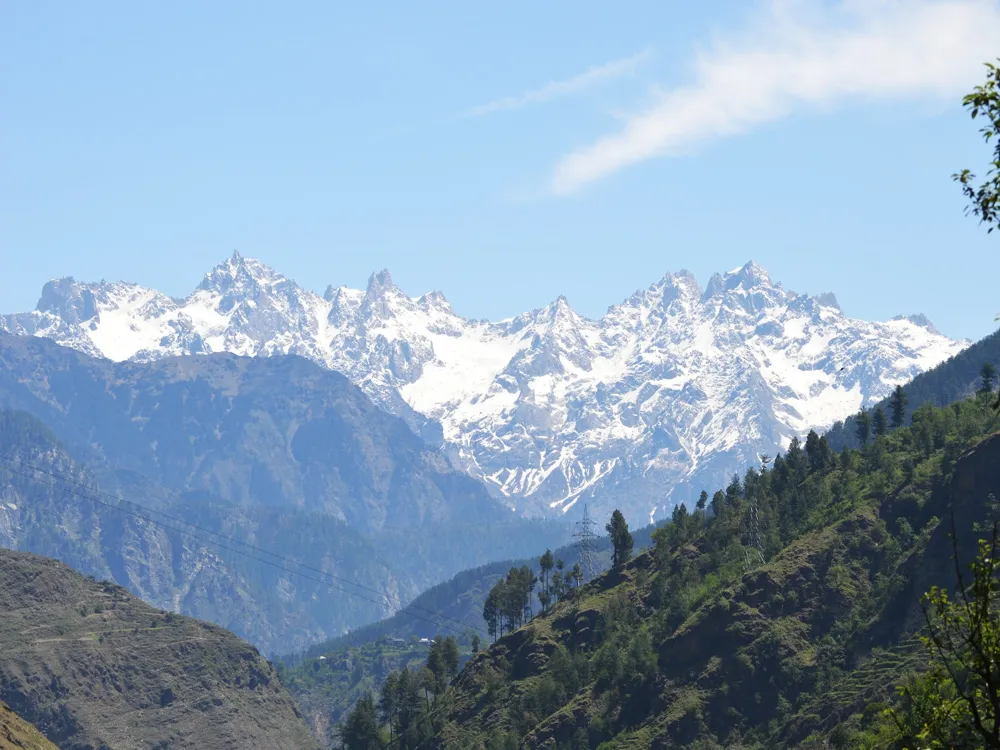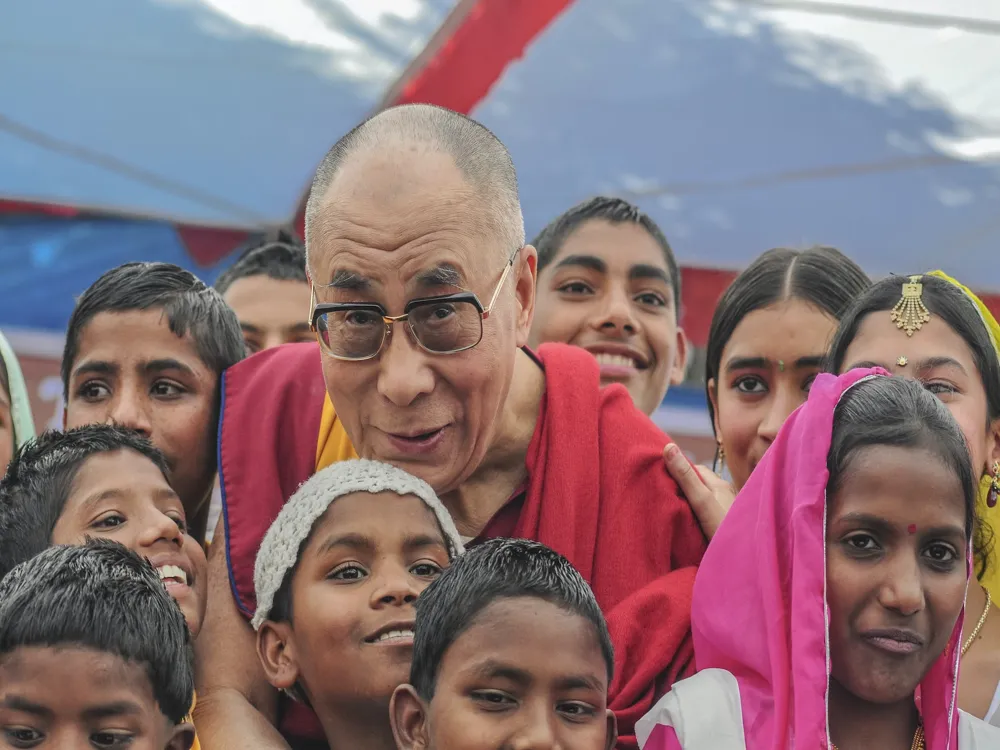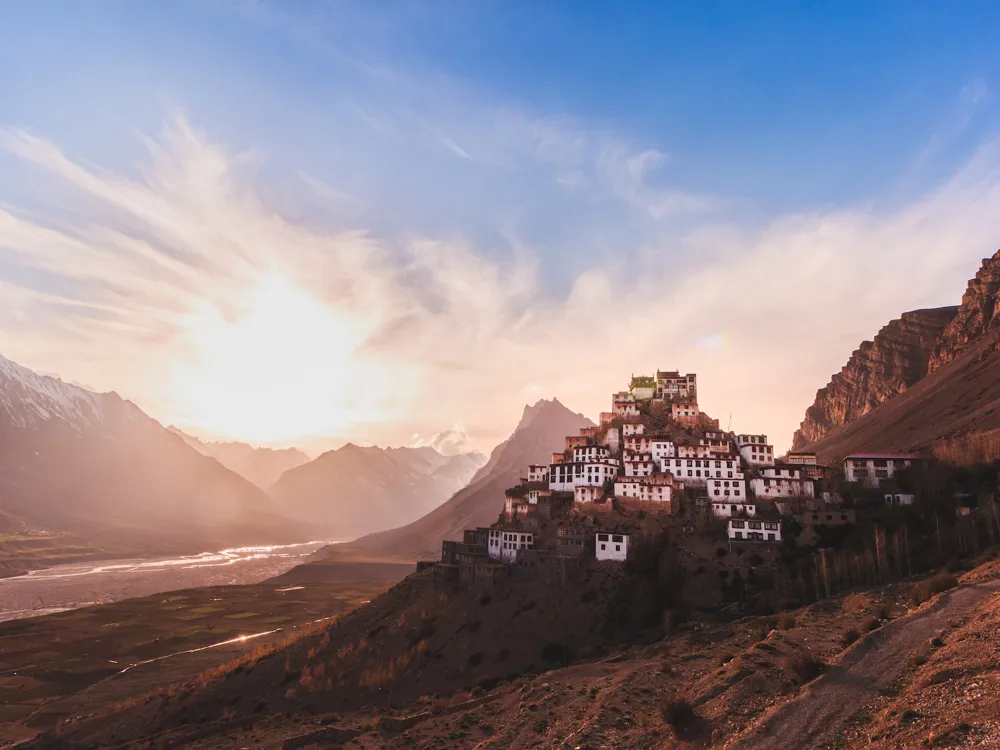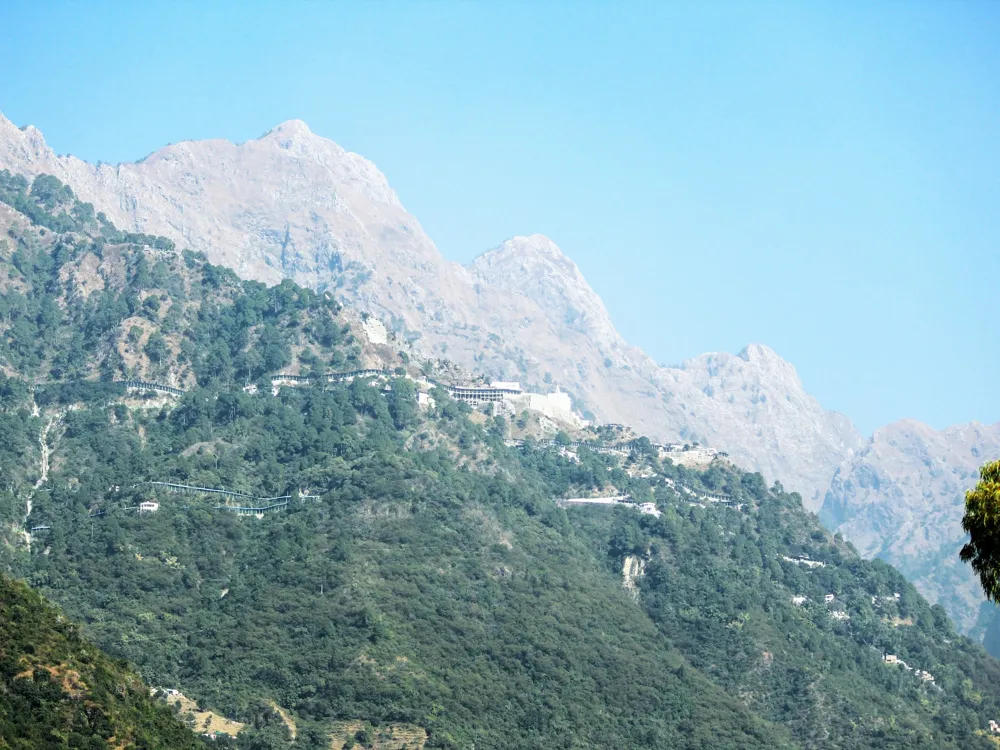Best Time to Visit Manikaran Sahib
Parvati Valley Himachal Pradesh India
28 out of 42 Places to visit in Himachal Pradesh₹ 7,299 onwards View Packages
Get Customized PackagesThe Land of Diversity
Top Hotel Collections

Private Pool

Luxury Hotels

5-Star Hotels

Pet Friendly
What is the Best Time to Visit Manikaran Sahib?
Planning a trip to the divine Manikaran Sahib? Choosing the right time to visit is crucial to ensure an unforgettable experience. In this guide, we'll delve into the nuances of each season, helping you make an informed decision for a journey filled with spirituality and serenity.
More about the Best Time to Travel to Manikaran Sahib
Travel Peak Season in Manikaran Sahib
Embarking on a pilgrimage during the peak season offers a unique blend of religious fervor and pleasant weather. The period from May to June witnesses a surge in visitors, drawn by the vibrant festivities and comfortable temperatures ranging between 15 to 22 degrees Celsius. During this time, the entire atmosphere around Manikaran Sahib resonates with spiritual energy, creating an ambiance that enhances the significance of your pilgrimage.
Travel Offseason in Manikaran Sahib
For those seeking a more tranquil experience, the offseason provides an ideal opportunity to explore Manikaran Sahib without the hustle and bustle. The months of December to February usher in the offseason, marked by a serene atmosphere and sparse crowds. While the temperatures can drop significantly, ranging from -5 to 5 degrees Celsius, the peaceful surroundings make it an excellent time for introspection and quiet devotion.
Manikaran Sahib Travel Packages
View All Packages For Manikaran Sahib
Manikaran Sahib in Shoulder Season
Transition seasons, often referred to as shoulder seasons, present a balance between the peak and offseason. During March and September, Manikaran Sahib experiences moderate weather conditions, with temperatures ranging from 5 to 15 degrees Celsius. The crowds are relatively thinner, allowing for a more personalized spiritual experience amidst the breathtaking landscapes.
Manikaran Sahib in Hot Season
The hot season, spanning from April to June, offers a warmer climate, making it an ideal time for those who prefer milder temperatures. During this period, temperatures range from 15 to 22 degrees Celsius, creating a comfortable environment for pilgrims to explore the sacred grounds without the chill of winter.
Manikaran Sahib in Rainy Season
Monsoons in Manikaran Sahib, from July to September, bring lush greenery and a refreshing ambiance to the region. While rainfall can be intermittent, the verdant landscapes and fewer tourists provide a unique experience for those seeking a different perspective on their pilgrimage.
Manikaran Sahib in Cool Season
As winter sets in from October to February, Manikaran Sahib transforms into a winter wonderland. While temperatures can drop to -5 degrees Celsius, the crisp air and snow-capped surroundings create a magical atmosphere, offering a different but equally enchanting pilgrimage experience.
Places To Visit In Manikaran Sahib
Nearby Places Manikaran Sahib
Manikaran Sahib Photos
View All Photos For Manikaran SahibBrowse Package Collections
Browse Hotel Collections
Faq
When is the best time to visit Manikaran Sahib?
The ideal time to visit Manikaran Sahib is during the months of May to June and September to November. These periods offer pleasant weather for exploration and spiritual activities.
What makes May to June a favorable time to visit?
During these months, the weather is mild and pleasant, making it comfortable for both outdoor activities and religious rituals. The surroundings are lush green, and the hot springs provide a rejuvenating experience.
Is monsoon a suitable time to visit Manikaran Sahib?
While the monsoon season (July to August) brings lush landscapes, the region may experience heavy rainfall, and there's a risk of landslides. It's advisable to check weather forecasts and road conditions before planning a visit during this time.
Why is September to November recommended for a visit?
This period offers post-monsoon freshness, clear skies, and a vibrant landscape. The weather is cool and pleasant, making it an excellent time for both sightseeing and spiritual activities.
Are winters a good time to visit Manikaran Sahib?
Winters (December to February) bring cold temperatures and snowfall, creating a serene and picturesque atmosphere. While some visitors enjoy the snow-covered landscape, it's essential to be prepared for chilly weather.

